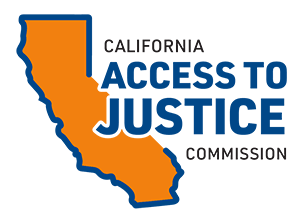State Legal Aid Infrastructure
& Innovation Grants
The State Legal Aid Infrastructure & Innovation Grants Year 5 application is now closed.
I&I Resources
Since launching the Infrastructure & Innovation Grants in 2022, the California Access to Justice Commission has supported dozens of legal aid organizations across the state. Below is a collection of helpful resources and materials developed over the years to support applicants and grantees.
-
-
This informal document is a compilation of metrics, outcomes, widgets, deliverables, etc. that 2021-2022 grantees included in their applications.
-
This document outlines some examples of potential infrastructure and innovation projects.
-
This webinar was recorded on September 14, 2023 for the 2023-2024 Grant Cycle.
-
This webinar was recorded on September 29, 2022 for the 2022-2023 Grant Cycle. The dates are out of date but the information presented is still applicable.
-
-
-
Legal Services National Technology Assistance Project helps nonprofit legal aid organizations improve client services through effective and innovative use of technology.
-


